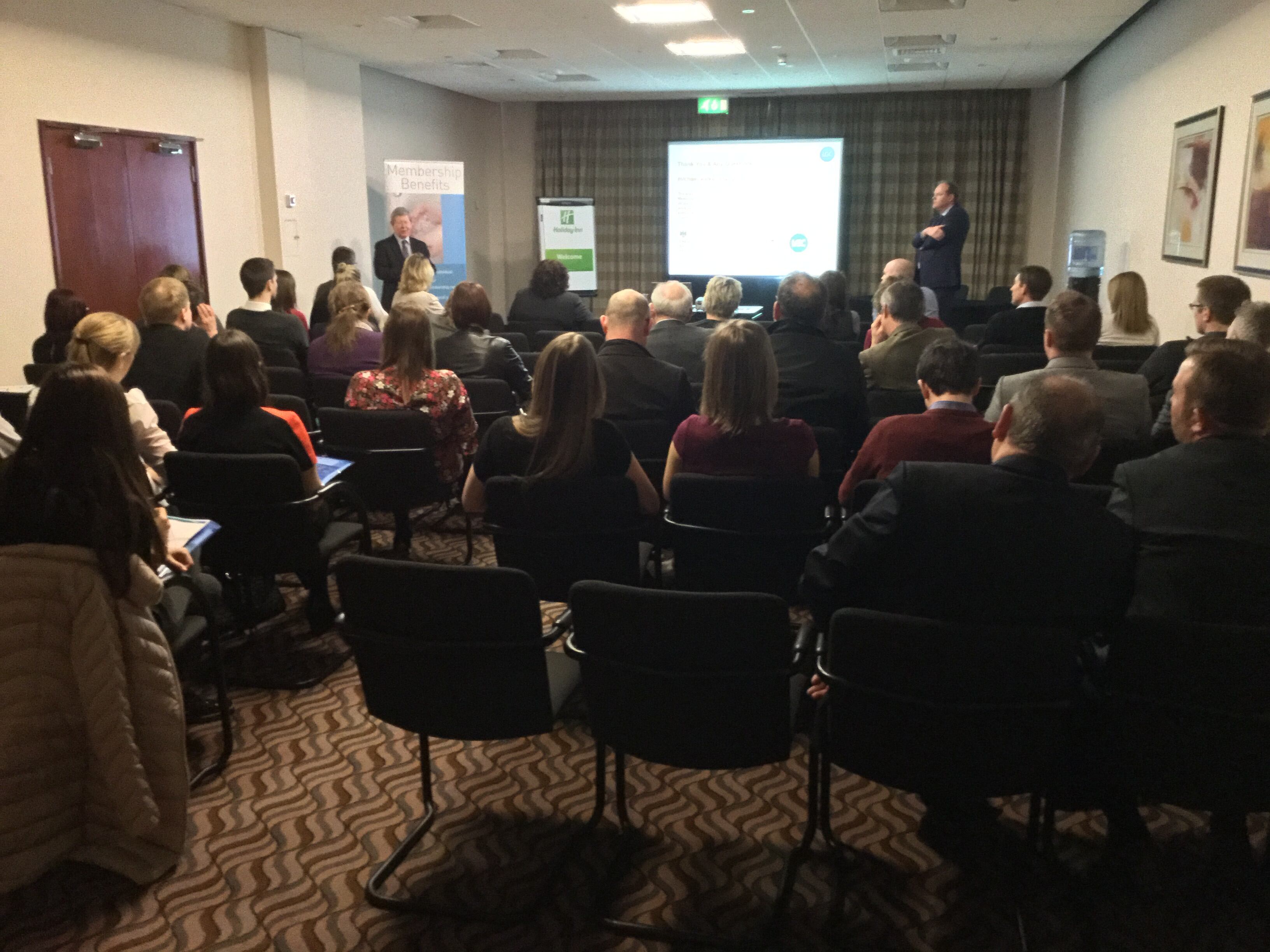Comments were made during presentations at the Society of Food Hygiene & Technology (SOFHT) event ‘Allergens – Get it right first time, every time’.
Attendees said ‘may contain’ labelling leads to consumers making risk assessments based on information that is not there and called for full allergen disclosure.
Cleaning component
Peter Littleton, technical director of Klenzan, identified different ways of cleaning equipment such as dry cleaning in bakeries, open plant with foams and gels, automated and Cleaning in Place (CiP) systems.

He said validation (will it work) and verification (has it worked) can be confused when managing allergens in food processing environments and monitoring was making sure it was done properly and recorded.
Validation and verification of cleans can be by a combination of ELISA and rapid tests, ATP, chemical and visual factors and any process should be re-validated if there is a change or failure.
Littleton said time is needed to clean, as well as chemical, temperature and physical factors – the levels of each will vary according to the type of cleaning being done.
He said tests work up to point – with there being no bad tests, only badly used ones.
Approximately two million people have a food allergy in the UK (excludes intolerance and 4,500 hospitalisations between 2011-12 and 10 deaths were reported.
Risk assessment stages
Julia Banks, Food Integrity Consulting, said a risk assessment should look at where to get the biggest wins and follow a step by step process.
She said it was important to understand what allergens are intentionally being used on site and potential raw material cross contamination risks.

A risk assessment must show which products are at risk and what from they take – such as egg in the form of lemon curd or sponge disk bases.
Stage two includes mapping where allergens could come into contact with products that don’t contain said allergen.
Banks said if allergens move from A to B there must be a vector and the purpose of this risk assessment stage is to understand what it is.
She stressed the importance of it not being a desktop exercise, instead going onto the shop floor to find potential hidden areas of weakness and seek views from factory floor teams.
Stage three involves looking at the likelihood of the issue and the quantity of the allergenic material involved.
Banks talked about the role of cleaning, especially during product changeovers and measuring resources with allergens often scheduled last ahead of cleaning.
She said this might not always be practical and there is a risk from other lines operating and cross contamination.
Allergen management
Hazel Gowland from Allergy Action said there could be a risk to allergic consumers, to those choosing their food and supplying business.
Allergen management involves knowing which foods to avoid if ingredient status is unclear, checking it is as ordered and assessing cross contamination risks.
Business risks range from an internal non-conformity found and fixed to serious life-changing injury or death and a food business operator fine or prison sentence.
Gowland said the updated Sentencing Guidelines and allergy risks from food fraud were some of the topics on the horizon.
Speakers also included Michael Walker, a former Public Analyst, who has his own consultancy company from which he acts as Consultant Referee Analyst in the Laboratory of the Government Chemist and Chris Wilkinson, trading standards officer for Salford City Council.
Neogen, Genon Laboratories, 3M, RSSL, Bio-Check, Sealed Air Food Care and Vikan exhibited.
